When it comes to choosing a reliable, user-friendly, and affordable digital SLR camera, two models often come to mind: the Nikon D3000 and the D3500. Both cameras have been praised by photography enthusiasts for their performances, making the decision between the two a challenging one. This guide aims to dissect the features, performance, and pricing of the Nikon D3000 and D3500, providing a comprehensive comparison to help you make an informed decision.
Nikon D3000 Overview
Specifications
The Nikon D3000, a beginner-friendly DSLR camera, made its debut in 2009. Equipped with a 10.2 megapixel CMOS sensor, it boasts a continuous shooting speed of 3 frames per second and a maximum ISO sensitivity of 3200. Additionally, the camera offers 11 auto-focus points, Active D-Lighting technology for superior exposure control, and the ability to record videos in 1080p resolution.
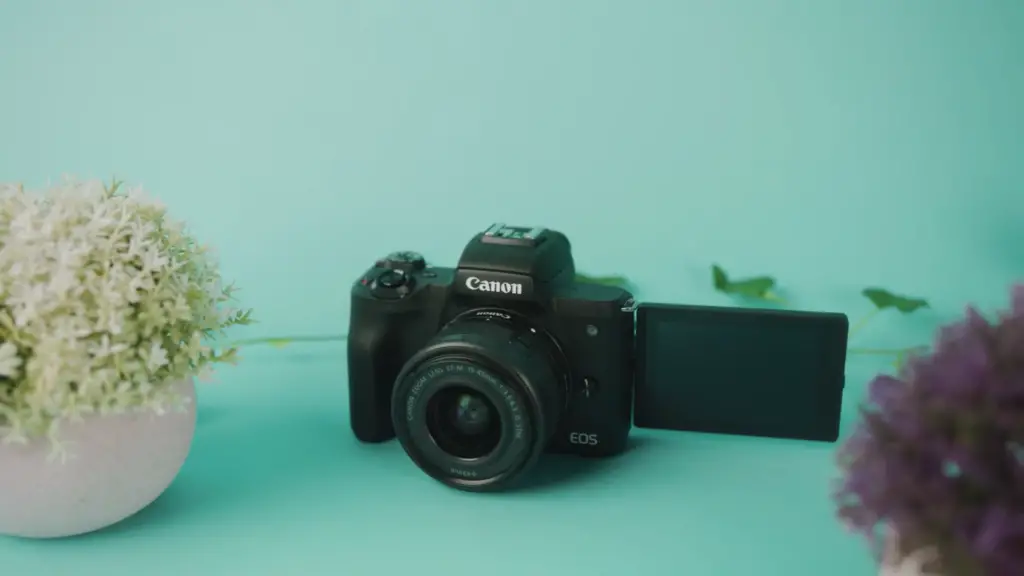
Pros
The Nikon D3000 is an excellent starter camera for those just getting into digital photography. It offers a good balance of features and price, making it a great option for beginners on a budget. The autofocus system boasts impressive speed and accuracy, while the Active D-Lighting technology guarantees proper exposure even in challenging lighting conditions.
Cons
Although the Nikon D3000 is an excellent entry-level DSLR, it can be limiting for more experienced photographers. The camera lacks certain features that are present on higher end models such as faster continuous shooting speed and more advanced autofocus system. In addition, the video recording capabilities of the camera are limited to 1080p resolution. [1]
Nikon D3500 Overview
Specifications
The Nikon D3500 is the successor to the D3000 and was released in 2018. Featuring a 24-megapixel CMOS sensor, a continuous shooting speed of 5 frames per second, and a remarkable ISO sensitivity of up to 25600, this camera captures stunning imagery. Additionally, it boasts an advanced 11-point autofocus system, incorporates state-of-the-art Active D-Lighting technology, and supports high-quality 1080p video recording.
Pros
The Nikon D3500 is a great choice for those looking to upgrade from the D3000. It has more advanced features such as a higher megapixel count, faster continuous shooting speed, and improved autofocus system. The camera also offers excellent image quality in both photos and videos, and the Active D-Lighting technology helps to ensure that photos are exposed correctly in difficult lighting situations.
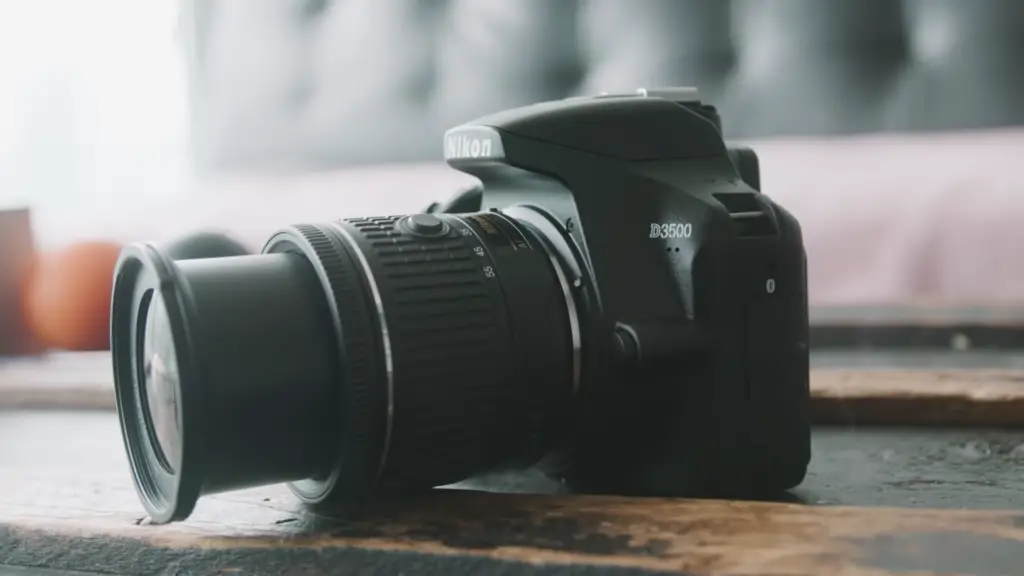
Cons
The Nikon D3500 is a great camera for those just getting into DSLR photography, but it may not be suitable for experienced photographers who are looking for more advanced features. The camera is missing some key features, like 4K video recording and a more sophisticated autofocus system. Moreover, it is restricted to recording videos in 1080p resolution. [2]
Comparison of the Nikon D3000 vs. D3500
When comparing the Nikon D3000 and D3500, it is clear that the newer model offers more advanced features. The D3500 has a higher megapixel count, faster continuous shooting speed, and improved autofocus system. However, it lacks certain features such as 4K video recording and a more advanced autofocus system. Ultimately, it comes down to personal preference and budget as to which camera is the better option. While the D3500 has more advanced features, it is also significantly more expensive. For beginner photographers on a budget, the Nikon D3000 may still be the best choice.
Audio Features Comparison
The Nikon D3000 and D3500 also differ in terms of audio features. The D3000 comes with an external microphone port and a headphone jack for more accurate sound recording. It also has a built-in speaker for playing back recorded audio in the camera. On the other hand, the D3500 does not have an external microphone port or headphone jack, but it does have a built-in microphone for recording audio. The camera also has a built-in speaker for playing back audio recordings.

Storage Comparison
The Nikon D3000 and D3500 also differ in terms of storage options. The D3000 has an SD card slot that is compatible with up to 4GB of memory, while the D3500 has a larger SD card slot that can hold up to 32GB of storage. Additionally, both cameras have USB ports for connecting external hard drives or other types of storage.
When comparing the storage options of the Nikon D3000 and D3500, it is clear that the newer model has more advanced features. The larger SD card slot on the D3500 allows users to store more photos and videos without having to worry about running out of space. Additionally, both cameras have USB ports for connecting external hard drives or other types of storage. Ultimately, the choice between these two cameras should come down to personal preference and budget.
Power Comparison
Also, let’s take a look at the power options of the Nikon D3000 and D3500. The D3000 uses two AA batteries to power the camera, while the D3500 has a rechargeable lithium-ion battery. Both cameras offer excellent battery life, but the rechargeable battery on the D3500 is generally more reliable and can be recharged multiple times without experiencing a decrease in performance.
When comparing the power options of the Nikon D3000 and D3500, it is clear that the newer model has more advanced features. The rechargeable battery on the D3500 offers better reliability and can be recharged multiple times without experiencing a decrease in performance. Additionally, users can purchase additional batteries to extend the battery life of their camera. Ultimately, the choice between these two cameras should come down to personal preference and budget. [4]
Connectivity Comparison
Lastly, let’s take a look at the connectivity options of the Nikon D3000 and D3500. Both cameras have Wi-Fi and Bluetooth connectivity, allowing users to easily transfer files from their camera to other devices. The D3000 also has an Infrared port for connecting to compatible devices such as TVs or computers.
When comparing the connectivity options of the Nikon D3000 and D3500, it is clear that the newer model has more advanced features. The D3500 includes both Wi-Fi and Bluetooth connectivity as well as an Infrared port for connecting to compatible devices such as TVs or computers. Additionally, users can also connect their camera to a computer via USB cable for transferring photos and videos. Ultimately, the choice between these two cameras should come down to personal preference and budget.
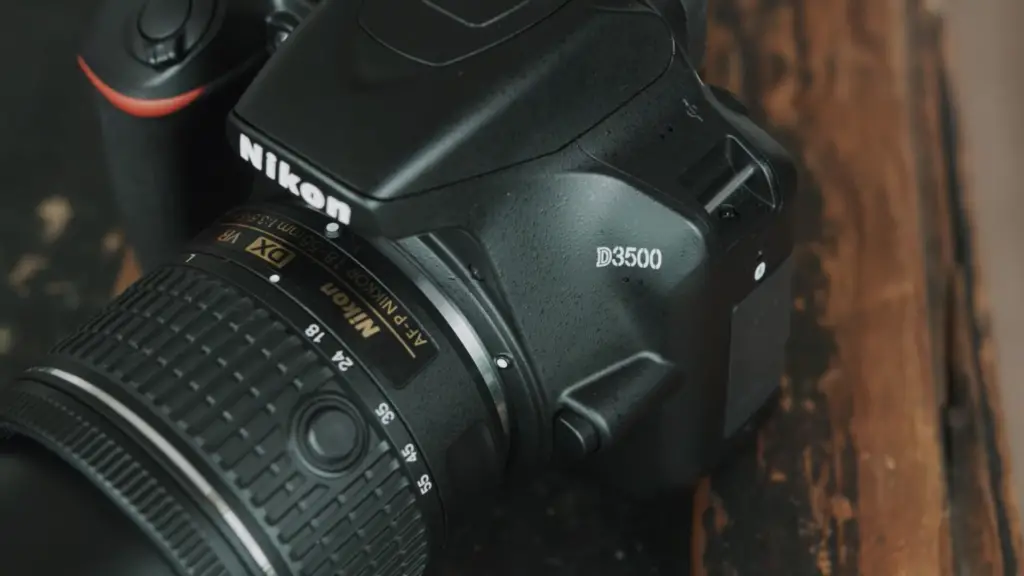
How to Store and Maintain Your Nikon Camera
Battery Charging and Storage
When storing and maintaining your Nikon camera, it is important to keep in mind that both the D3000 and D3500 feature rechargeable batteries. Make sure to properly charge the battery before using the camera, and store it at room temperature when not in use. Additionally, do not leave the battery fully charged for extended periods of time as this can damage the battery. [5]
Cleaning the Exterior and LCD Display
It is also important to keep your Nikon camera clean in order to maintain optimal performance. Use a soft, dry cloth to gently wipe down the exterior of the camera and its LCD display. Additionally, do not use any chemical-based cleaning products or solutions as this can damage the camera’s components.
Formatting Memory Cards
Also, make sure to format your memory cards before using them with your Nikon camera. This will help ensure that the photos and videos you take are saved properly on the card. Additionally, it is important to back up your files periodically as this will help prevent data loss in case something happens to the card.
Accessories You Might Need
Finally, there are a few accessories that might be useful when using your Nikon camera. A good quality lens is essential for taking high-quality photos and videos. Additionally, an external flash can help improve the lighting of your shots in low-light situations. You may also want to invest in a protective case to keep your camera safe from dust and other elements.
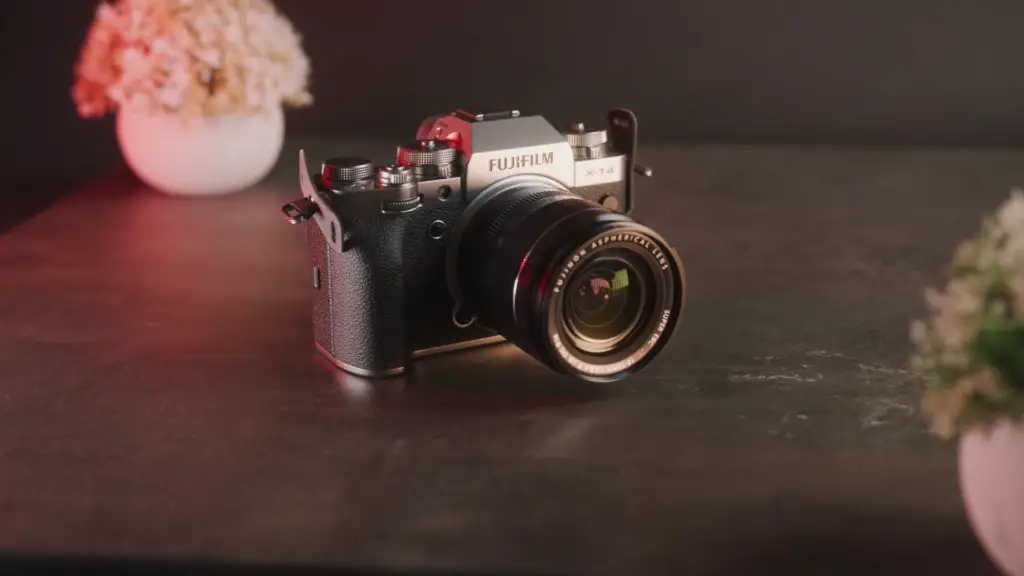
Alternatives to the Nikon D3000 and D3500
If you are looking for an alternative to the Nikon D3000 or D3500, there are a few other options available. The Canon EOS Rebel T6 is one option that many photographers consider. It offers features such as a 3 inch LCD monitor, 18 megapixel CMOS sensor and 1080p HD video capture. Additionally, the camera has nine autofocus points and an ISO range of 100-6400.
The Sony Alpha A6000 is another popular camera that many photographers consider as an alternative to the Nikon D3000 or D3500. This camera offers a 24 megapixel APS-C Exmor CMOS sensor, 11 frames per second continuous shooting speed, and a maximum ISO of 25600. It also has 179 phase-detection autofocus points and is capable of capturing 1080p HD video.
Another option that many photographers consider is the Panasonic Lumix G7. This camera offers a 16 megapixel Micro Four Thirds sensor, 4K video recording at 30fps, and a maximum ISO of 25600. It also has an impressive 49-point autofocus system and can shoot at up to 8 frames per second.[6]
For those who are looking for an ultra-portable camera, the Sony Cyber-shot RX100 IV is a great option. This camera offers a 20.1 megapixel Exmor RS CMOS sensor, 4K video recording capabilities, and a maximum ISO of 25600. It also has 315 phase-detection autofocus points and is capable of shooting at up to 16 frames per second.
Finally, those looking for a budget option should consider the Nikon Coolpix B500. It offers features such as a 16 megapixel CMOS sensor, 1080p video recording capability, and an ISO range of 100-3200. Additionally, the camera has 40x optical zoom, built-in Wi-Fi and NFC connectivity, and a 3 inch LCD monitor.
Overall, there are many great options available for those who are looking for an alternative to the Nikon D3000 or D3500. Depending on your budget and specific needs, one of these cameras could be the perfect choice for you!
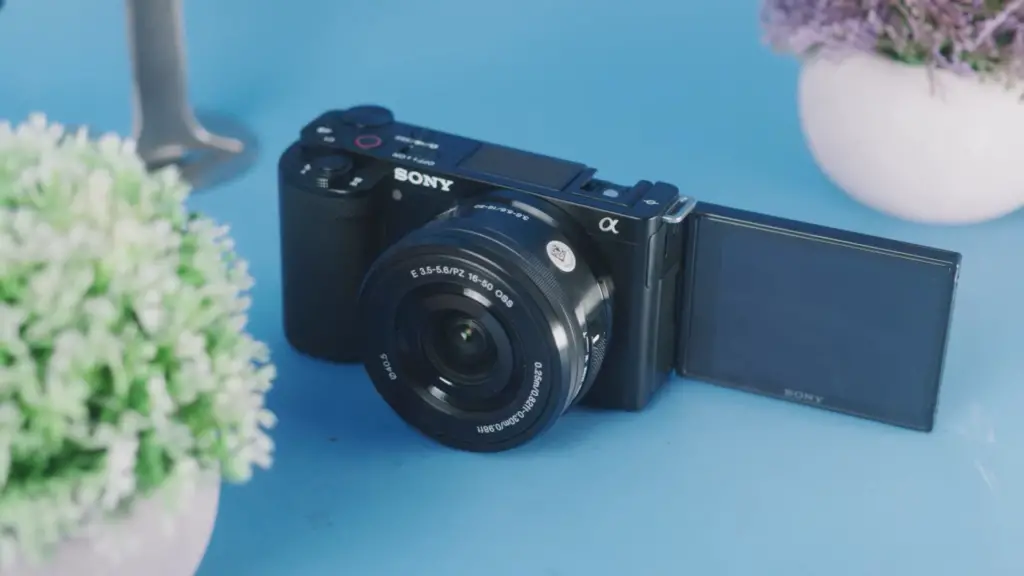
What Types Of Photography Are Nikon D3000 and Nikon D3500 Good for?
Both the Nikon D3000 and Nikon D3500 cameras are suitable for a wide variety of photography types, from everyday snapshots to professional-level shots. The major difference between them is that the D3500 has more advanced features such as a better autofocus system, faster shutter speed, and larger buffer size.
However, if you’re looking for something more professional, the Nikon D3500 is probably your best bet. It has a more advanced autofocus system with 39 AF points, and its 5 FPS continuous shooting rate allows you to capture fast-moving action without missing a beat. Plus, its larger buffer size lets you shoot longer bursts of images without worrying about running out of space.
Both cameras have excellent image stabilization systems that allow you to get clear and sharp photos in low-light situations. The D3500 also has advanced features like time lapse, slow motion, and HDR that make it a great choice for more experienced photographers.
Overall, both the Nikon D3000 and the Nikon D3500 are excellent cameras for different types of photography. If you’re looking for a camera to take casual snapshots, the D3000 is a great choice. However, if you’re looking for something more advanced and professional-level shots, then the D3500 is probably your best bet.
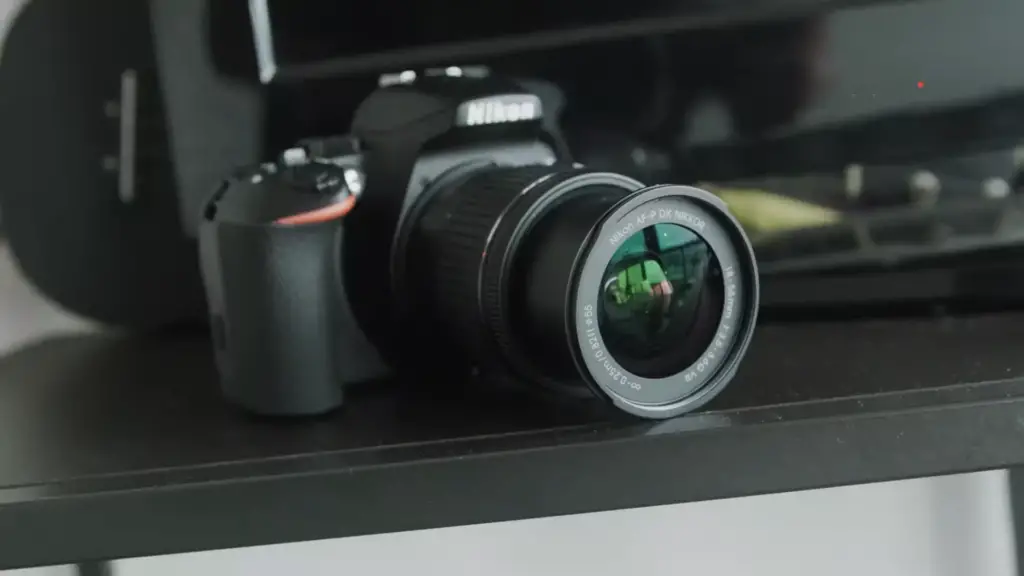
Common Problems with the Nikon D3000 and D3500
The Nikon D3000 and the Nikon D3500 both have their own set of issues that can affect the user experience. Here are some common problems to be aware of when considering either camera:
- Low-Light Performance – Both cameras have a smaller sensor than higher-end models, which means they don’t perform as well in low light.
- Slower Autofocus – The autofocus system on the Nikon D3000 and D3500 is relatively slow compared to higher end cameras.
- Limited Features – Both the Nikon D3000 and D3500 don’t offer as many features as more expensive models, such as a built-in flash or advanced video recording options.
- Limited Storage Capacity – The Nikon D3000 and D3500 both have limited storage capacity, so be aware of the number of images you can store on either camera.
It’s important to take these common issues into account when choosing a camera. While the Nikon D3000 and D3500 have their own pros and cons, it’s ultimately up to you as the photographer to decide which camera is best suited for your needs. [7]
How to Pick a Perfect Camera?
Choosing a camera can be an overwhelming task, and it’s important to consider all of the factors that will affect your experience. Here are some tips on how to pick the perfect camera for you:
- Determine Your Budget – The first step is to decide how much money you’re willing to spend on a camera. This will help narrow down your options to cameras within your budget.
- Consider Your Needs – Think about what you’ll be using the camera for and make sure it has all the features you need. If you’re a beginner, look for cameras with easy-to-use features and tutorials.
- Read Reviews – Reading reviews from other photographers can help you get an idea of how a camera performs in real-world situations.
- Research Online – Take the time to research different models and compare features and prices online. This can help you find the best deals on cameras before you make your purchase.
With these tips in mind, you should be able to find the perfect camera for your needs and budget!
FAQ
What are the primary differences between the Nikon D3000 and D3500?
The Nikon D3000 is a solid entry-level DSLR, offering an effective 10.2 megapixel DX format CCD sensor and strong performance in its class. The D3500, however, is the latest model in Nikon’s lineup with improved specs including a 24.2 megapixel DX-format CMOS sensor and EXPEED 4 image processor for better performance and image quality. Additionally, the D3500 offers a native ISO range of 100-25600, significantly better than the D3000’s native range of 200-3200, as well as a more advanced autofocus system with 11 AF points (compared to 3 on the D3000). Finally, the D3500 has an improved battery life which can shoot up to 1550 shots on a single charge (the D3000 was limited to only 550).
Which camera is best for beginners?
For entry-level photographers, the Nikon D3500 offers significantly better performance and image quality than its predecessor. Its 24.2 megapixel DX-format CMOS sensor provides plenty of resolution for capturing detailed images and the EXPEED 4 image processor offers improved speed and performance. The improved autofocus system, native ISO range up to 25600, and extended battery life make the D3500 a great choice for beginners who want a reliable camera that can grow with them.
Is the Nikon D3500 worth the upgrade from the D3000?
Absolutely! The D3500 offers a number of improvements over the D3000, including a 24.2 megapixel DX-format CMOS sensor and EXPEED 4 image processor for better performance and image quality. Additionally, the native ISO range of 100-25600 is significantly better than the D3000’s native range of 200-3200. Plus, the improved autofocus system and extended battery life make the D3500 a great choice for entry-level photographers.
What is the best way to learn how to use the Nikon D3500?
The best way to learn how to use your new Nikon D3500 is by exploring its features and playing around with settings in different shooting scenarios. Start out by reading the instruction manual to familiarize yourself with the camera’s menus and buttons, then move on to exploring the different shooting modes and scene settings. Additionally, there are many online tutorials and video courses available for free that can help you master your Nikon D3500 in no time!
Are there any drawbacks of the Nikon D3500?
The only real drawback of the Nikon D3500 is that it does not offer 4K video recording. However, for most entry-level photographers, this will not be a significant issue as Full HD 1080p video recording is more than sufficient for capturing high quality videos. Additionally, the D3500 lacks an LCD screen on the top of the camera, though this can easily be remedied by purchasing an optional LCD screen accessory.
What accessories do I need for the Nikon D3500?
The Nikon D3500 is a very versatile camera that can be used with many different accessories. To get the most out of your camera, you will want to invest in some basic accessories such as extra lenses (for capturing more detail and creating different types of shots), a memory card (for storing photos and videos), an LCD screen (for easier menu navigation), and a lens hood (to reduce flare). Additionally, you may want to invest in a tripod for shooting in low light or long exposures.
What is the best way to take care of my Nikon D3500?
To make sure your Nikon D3500 lasts for years to come, it’s important to take proper care of it. Make sure to keep the camera in a safe place when not in use and avoid exposing it to extreme temperatures or humidity. Additionally, be sure to clean the camera lens with an appropriate lens cloth before every use and format the memory card after each shoot to ensure reliable performance. Finally, avoid touching the camera’s internal components or using unapproved cleaning solutions as this can cause permanent damage.
What is the battery life of the Nikon D3500?
The Nikon D3500 has an impressive battery life of up to 1550 shots on a single charge. This is significantly better than many other entry-level DSLR’s and makes the D3500 ideal for long days of shooting without worrying about having to recharge. Additionally, you can purchase additional batteries if needed in order to extend your shooting time.
Do I need any additional software to work with my Nikon D3500?
The Nikon D3500 is compatible with many popular editing programs including Adobe Lightroom and Photoshop. However, if you are just getting started with photography, Nikon offers its own free editing software that can help you get the most out of your photos. Additionally, there are many online tutorials available for free that can guide you through the basics of using the Nikon D3500 and editing your photos in post-processing.
Are there any third-party lenses available for the Nikon D3500?
Yes, there are many third-party lens options available for the Nikon D3500. Depending on your needs, you can find a wide variety of lenses from brands such as Sigma and Tamron that offer good quality at an affordable price. Additionally, these lenses often come with additional features like image stabilization or extra zoom range that may not be available with Nikon lenses.
What is the best way to keep up with the latest Nikon news and updates?
The best way to stay updated on the latest Nikon news and updates is to sign up for their newsletter. This will ensure you never miss out on important announcements, such as new camera releases or firmware updates. Additionally, there are plenty of online forums and websites dedicated to Nikon cameras where you can find helpful advice from experienced users or ask questions about your D3500.
Which model between Nikon D3000 and D3500 is lighter?
The Nikon D3500 is significantly lighter than the D3000, weighing in at just 415g (compared to the 480g of the D3000). This makes it much easier to carry around and gives you more freedom when shooting on the go. Additionally, its smaller size also helps to minimize strain on your arms and wrists during extended periods of use.
Useful Video: Nikon D3000 vs Nikon D3500
Conclusion
The Nikon D3500 is an excellent choice for entry-level photographers, offering improved performance and image quality over its predecessor. Its 24.2 megapixel DX-format CMOS sensor provides plenty of resolution and the EXPEED 4 processor ensures fast response times and reliable performance. Additionally, with its native ISO range up to 25600, extended battery life and improved autofocus system, the Nikon D3500 is a great choice for those looking to take their photography to the next level. With the right accessories and proper care, it’s sure to provide years of reliable service.
Overall, the Nikon D3500 offers an impressive array of features for its price point and is well worth the upgrade from its predecessor, the D3000. With its great image quality, fast response times and excellent battery life, it’s sure to keep up with your photography journey for many years to come.
References
- https://cameradecision.com/compare/Nikon-D3500-vs-Nikon-D3000
- https://versus.com/en/nikon-d3000-vs-nikon-d3500
- https://www.imaging-resource.com/cameras/nikon/d3000/vs/nikon/d3500/
- https://pxlmag.com/db/camera-compare/Nikon-D3000-vs-Nikon-D3500
- https://cameraanalyzer.com/nikon-d3000-vs-nikon-d3500/
- https://camerarace.com/en-us/compare/camera/Nikon-D3000_vs_Nikon-D3500/
- https://www.apotelyt.com/compare-camera/nikon-d3000-vs-nikon-d3500





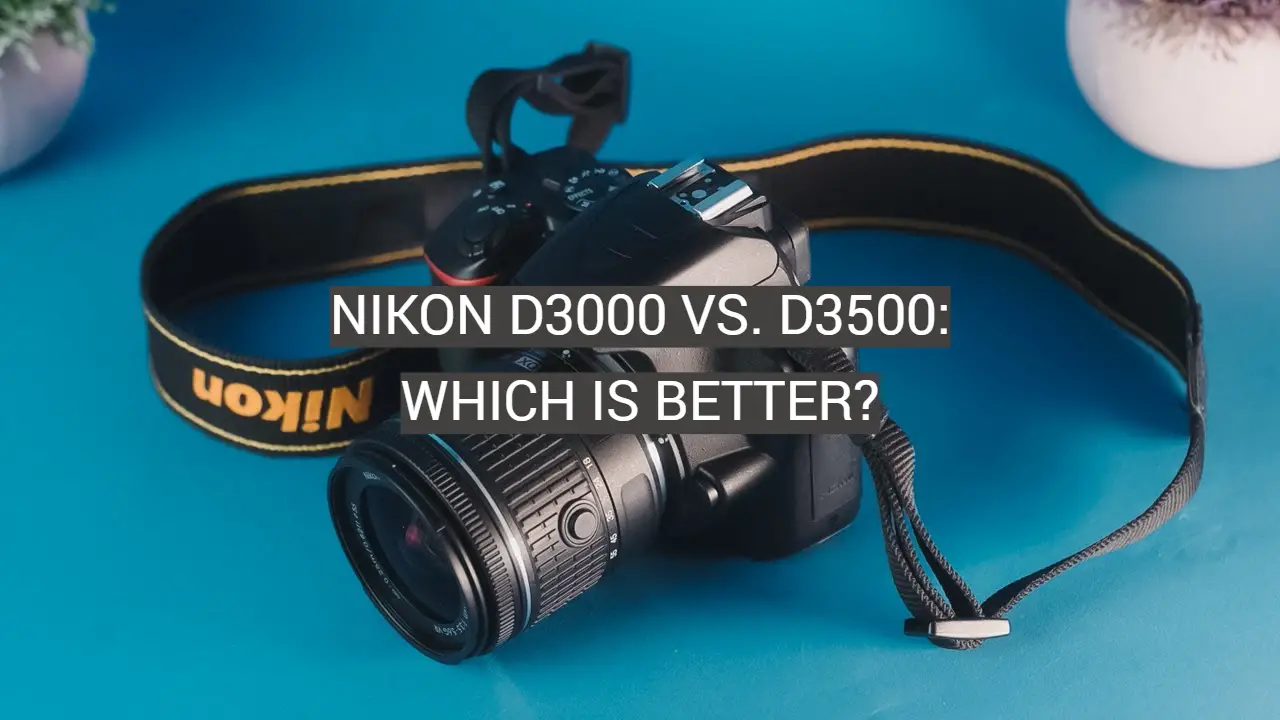
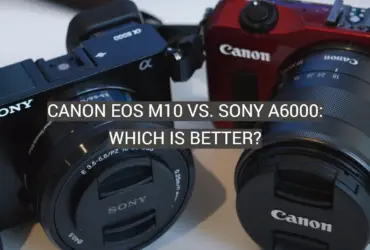
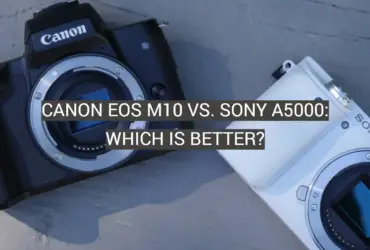
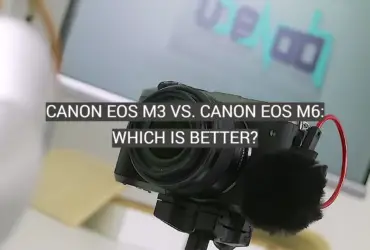
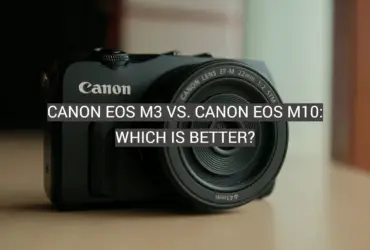
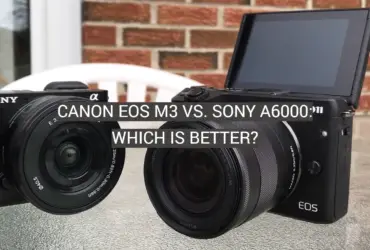
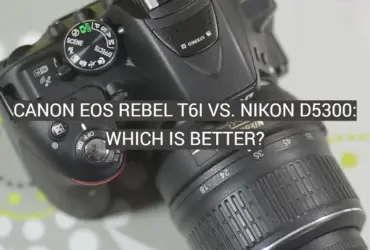
Leave a Reply